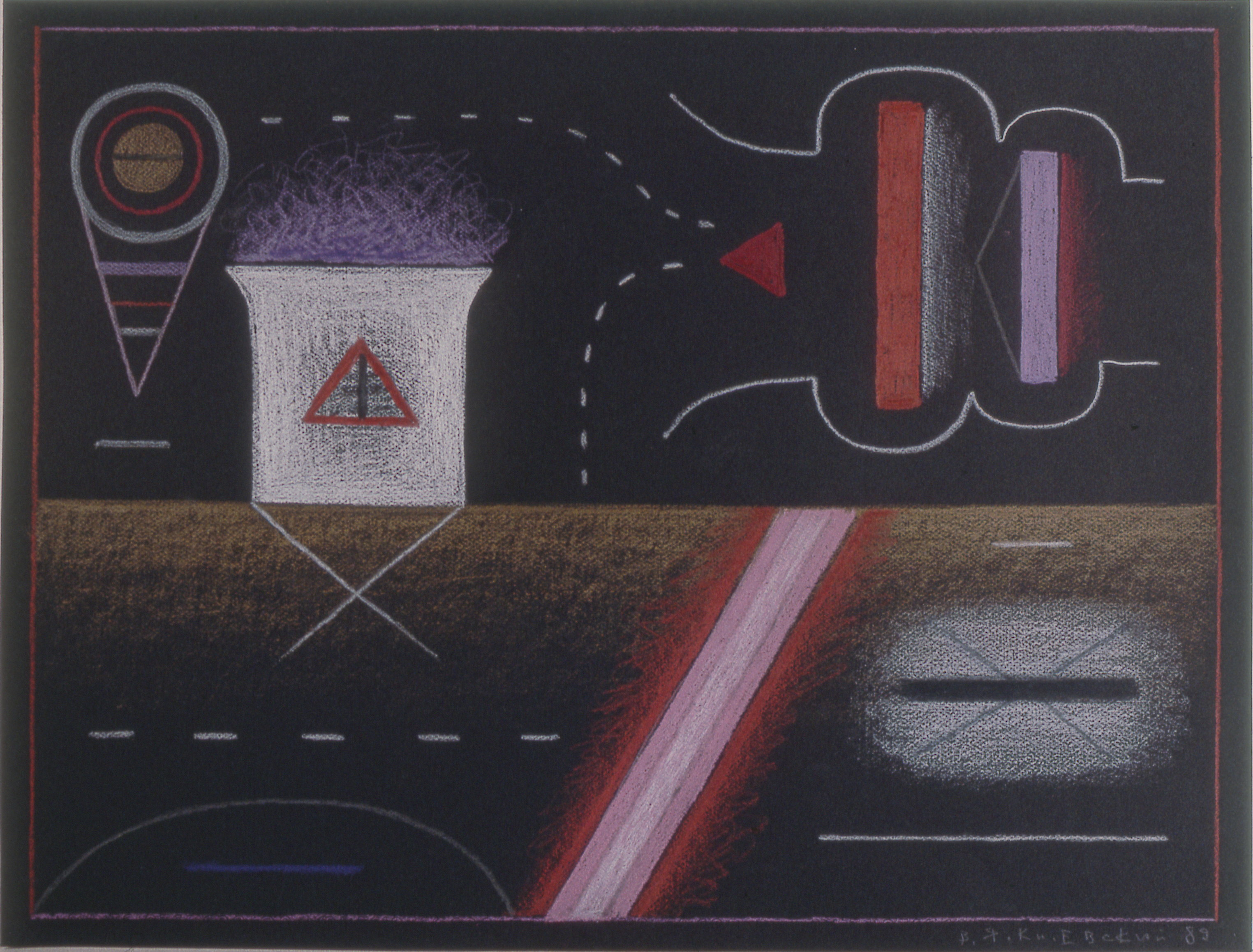Vladimir YANKILEVSKY
|||||||||||
(Moscow, 1938 – Paris, 2018)
Vladimir Yankilevsky was born in Moscow into a family of artists. In 1949, he attended the Moscow Secondary School of Art and pursued his education at the Faculty of Art of the Moscow Institute of Polygraphy until 1962. That same year, he contributed to the famous exhibition at the Manege Exhibition Hall where he presented the pentaptych « Atomic Station » (now kept at the Ludwig Museum in Cologne) as well as the “Triptych No. 2” (now presented in the United States at the Zimmerly Art Museum). In 1962, Vladimir Yankilevsky also featured in his first solo exhibition at the University of Moscow. It was during this period that he met his future wife, Rimma who became his muse and the subject of several of his paintings.
As a non-conformist artist, Vladimir was constrained to work in secret and it was only from 1975 that he presented his work to the public. Throughout this period, in order to make a living, he worked as an illustrator for several publishing houses.
At the end of the Soviet regime, Vladimir Yankilevsky exhibited his work freely in New York, Germany, France, and elsewhere. Their countless travels led Vladimir and Rimma to Paris, where they currently live. Yankilevsky is today well-known for his collages, triptychs and installations.
In November 1967, he declared in the Opus International: “Art is an affective and human appreciation of the world. Through the medium of art, men humanise the world, they appropriate it and make it commensurable with their sensations and imagination […] The artist does not aim to create an immutable beauty, but his essential mission is to explore life”.
Therefore, if Yankilevsky’s painting strives to stigmatize the defects of an existence devoted to obsessive splits (gender duality, the division between men and society as well as men and mechanization), it also projects an exemplary wisdom: it summons us to share in a greater harmony. What history cannot clarify, Yankilevsky brings to light through his vibrant, dramatic and intelligent plastic style.

Espace des Passions, 1989
Pastel sur papier
49 x 64 cm

